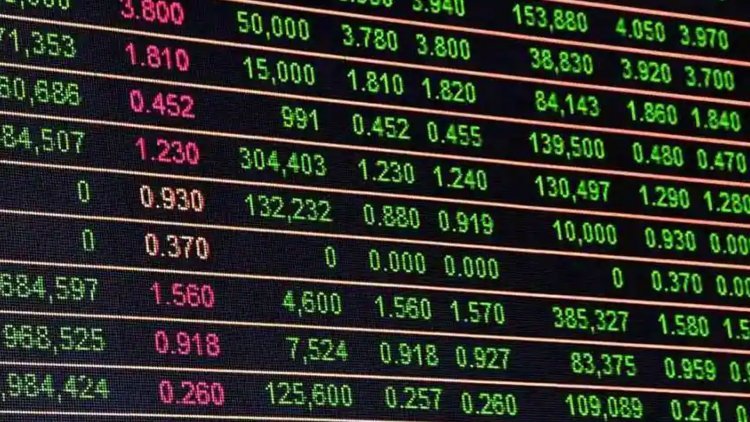Valuations are in focus as Indian equities double in price compared to EM rivals
The inversion of the US 10-year and 2-year yield curves, a sign of the likelihood of a US recession, has made the outlook for the global economy even more bleak and is now the most negative in 22 years.

The Indian stock market has increased its premium over peers in emerging markets as a result of the 17 percent rally in the domestic benchmark equities indexes since they reached their 52-week low back in mid-June.
In terms of valuation, a foreign investor must spend twice as much to purchase an exchange-traded fund that follows the MSCI India index as they would for a comparable product that follows the MSCI Emerging Markets index.
According to statistics available on Bloomberg, the MSCI India index is currently fetching a 103 percent premium to the MSCI Emerging Market, which is not far from the 15-year high premium of 109 percent hit in January 2021.
Indian stocks historically haven't been able to maintain such huge premiums over their EM rivals for very long. The MSCI India index fell to a one-year low just five months after it reached the 109 percent premium level in January.
Since the benchmark Nifty 50 and BSE Sensex are currently trading comfortably above their long-term average one-year forward price-to-earnings ratio, valuations are likely to become a hot topic among foreign investors (PE).
According to Nilesh Shah, CEO of Kotak Mahindra Asset Management, the Indian markets are now trading at a significant premium to peers and are most likely ready for a correction in the near future.
The importance of values for investors may increase because central banks both domestically and internationally show no signs of decreasing the tempo of their interest rate increases. Investors are forced to become more frugal about overpaying for earnings that may only materialise in the distant future as a result of higher interest rates.
Members of the US Federal Reserve said last week that they would be open to a third rate increase of 75 basis points in September. Following its policy meeting earlier this month, the Reserve Bank of India's Monetary Policy Committee stated it remained firmly on the rate hike trajectory despite some predictions that the central bank may take a temporary break from raising rates.
In addition to rising interest rates, corporate earnings are currently being downgraded due to declining margins, which has caused the one-year forward PE of the MSCI India index to increase from 19.5 times at the end of June to 23.3 times.
According to a report from brokerage firm IIFL Securities, analyst projections for the BSE500 components' combined earnings per share estimate for 2022–23 were revised downward by 4.5 percent.
The biggest inversion in the US 10-year and 2-year yield curves since 1992 makes the outlook for the global economy even worse. This is a glaring sign that investors believe a US recession is imminent.
Although we don't think the US economy was in a recession in the first half of 2022, we think there's a one in three chance that it will turn around in the next 12 months, according to investment bank Goldman Sachs.
Investors may need to choose whether to double down on their investments or start taking some profits because the MSCI India index is trading at a close to 28 percent premium to its long-term ahead PE ratio and the Nifty 50 index is stumbling at the threshold of the 18,000 point level.
The long-term downward sloping trend line resistance created by connecting the peaks since October 2021 can be seen on the technical chart of the Nifty 50, according to IIFL Securities.
Therefore, it is advised to lighten up the long positions as the market may experience some pressure at higher levels, according to IIFL Securities.




 admin
admin 




















